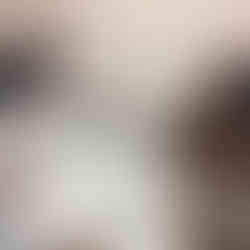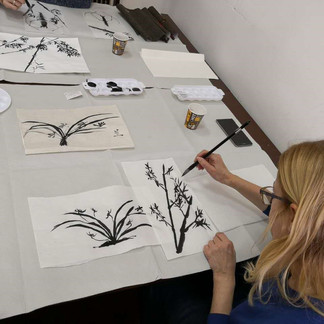The Confucius Institute at the University of Banja Luka organized a workshop titled ‘Experience Traditional Chinese Painting’ on Saturday, 29 December 2018, in the premises of the Faculty of Political Sciences.
The Chinese professor gave a brief introduction on the history and significance of painting in China, and explained the differences between the Western and Chinese styles of painting, emphasizing the ‘less is more’ philosophical technique adopted in Chinese painting.
Based on the tradition of calligraphy, Chinese painting has developed a distinct style that differs from Western painting. Chinese painting is all about ink and lines. It has a rich history as an enduring art form and is well known throughout the world. Traditionally, Chinese painting is done on rice paper or thin silk, using a variety of brushes, Chinese ink and dye. It covers a variety of subjects: portrait, landscape, flowers, birds, animals, and insects.
Chinese painting is often accompanied by poetry. Through centuries, artists were inspired by, for example, bamboo. Poets wrote poems about it in which they expressed their admiration of the purity and elegance of bamboo. They compared its qualities with human qualities. It was also a favorite theme of Chinese painters and calligraphers in the past dynasties.

Hence, the professor showed the participants in this Saturday workshop how to hold the brush and paint a shrimp, bamboo or orchid.

This was the fifth workshop organized by the Confucius Institute at the University of Banja Luka. The aim of these workshops, organized every Saturday at the Faculty of Political Sciences at the University of Banja Luka on different themes, is to enable the citizens of Banja Luka to take part in different aspects of Chinese culture and understand them better.
























Comments